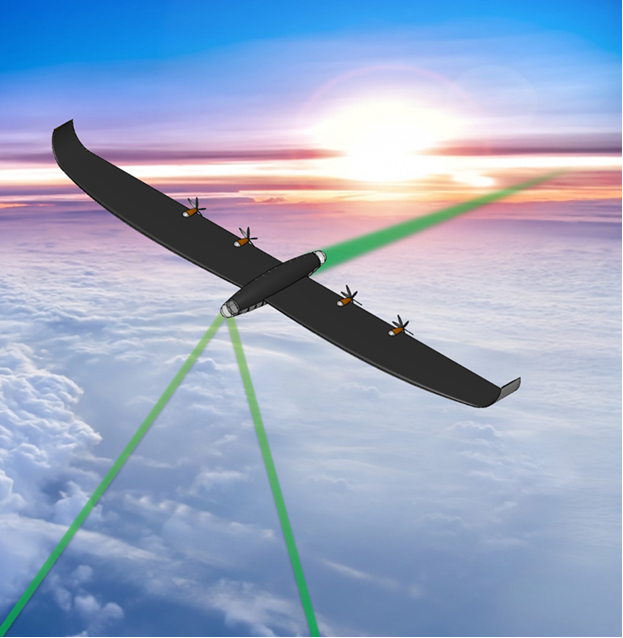
The US Defense Advanced Research Projects Agency (DARPA) has invited proposals for its new persistent optical wireless energy relay (POWER) programme.
Through this programme, DARPA aims to design and demonstrate airborne optical energy relays to enhance energy distribution capability.
The agency will use wireless power beaming to produce an adaptive, dynamic wireless energy web.
The speed of light energy web will also allow the ground-sourced lasers to be integrated with high-altitude, long-range transmission.
Once developed, the energy web will lay the foundation for future multi-path wireless energy networks.
The existing military platforms that need weapons delivery capability or endurance should be physically large enough to store the required energy as liquid fuel for mission completion.
How well do you really know your competitors?
Access the most comprehensive Company Profiles on the market, powered by GlobalData. Save hours of research. Gain competitive edge.

Thank you!
Your download email will arrive shortly
Not ready to buy yet? Download a free sample
We are confident about the unique quality of our Company Profiles. However, we want you to make the most beneficial decision for your business, so we offer a free sample that you can download by submitting the below form
By GlobalDataA wireless power transfer network will transform the military platforms into conduits to provide unlimited range and endurance, according to DARPA.
DARPA Tactical Technology Office POWER programme manager Col Paul Calhoun said: “The POWER programme will develop efficient power beaming relays that redirect optical energy transmissions while maximising beam quality at each point along the way, selectively harvesting energy as needed.
“It is a three-phase development effort, culminating in a compelling energy relay flight demonstration.”
However, the agency claimed that the conversion efficiencies will pose a challenge for the programme, as the process of converting a propagating wave to electricity and back to propagating wave is inefficient.
The energy transport breakthroughs of this sort provide rapid and resilient flow of energy across the battlespace, which also adds as a decisive military advantage.
Calhoun added: “It will dramatically compress transport timelines and resiliently provide distributed energy to consumers in air, on land, on the sea, undersea, and in space.”







